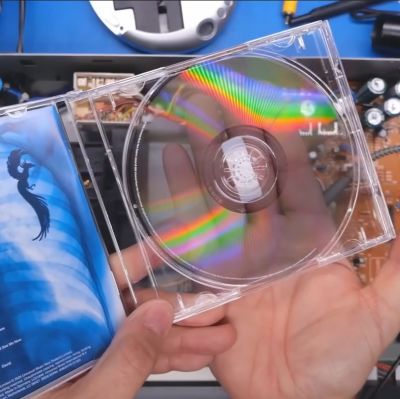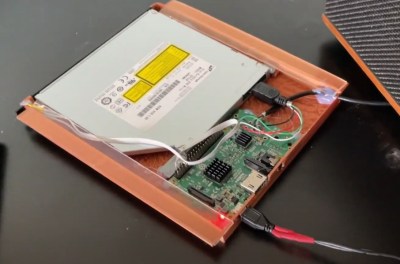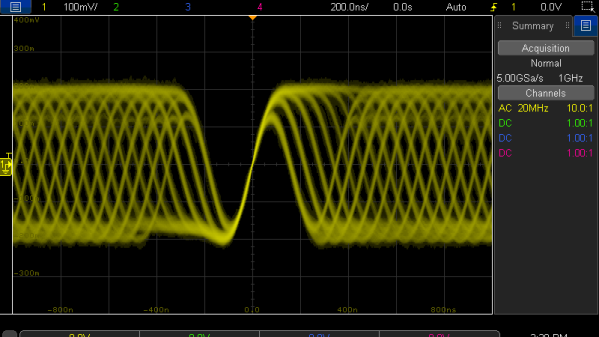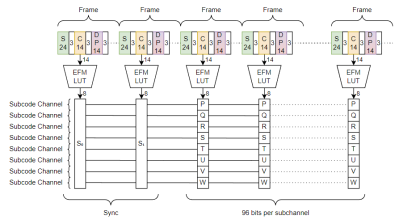Despite the regularly proclaimed death of physical media, new audio albums are still being published on CD and vinyl. There’s something particularly interesting about Lorde’s new album Virgin however — the CD is a completely clear disc. Unfortunately there have been many reports of folks struggling to get the unique disc to actually play, and some sharp-eyed commentators have noted that the CD doesn’t claim to be Red Book compliant by the absence of the Compact CD logo.

To see what CD players see, [Adrian] of Adrian’s Digital Basement got out some tools and multiple CD players to dig into the issue. These players range from a 2003 Samsung, a 1987 NEC, and a cheap portable Coby player. But as all audio CDs are supposed to adhere to the Red Book standard, a 2025 CD should play just as happily on a 1980s CD player as vice versa.
The first step in testing was to identify the laser pickup (RF) signal test point on the PCB of each respective player. With this hooked up to a capable oscilloscope, you can begin to see the eye pattern forming. In addition to being useful with tuning the CD player, it’s also an indication of the signal quality that the rest of the CD player has to work with. Incidentally, this is also a factor when it comes to CD-R compatibility.
While the NEC player was happy with regular and CD-R discs, its laser pickup failed to get any solid signal off the clear Lorde disc. With the much newer Samsung player (see top image), the clear CD does play, but as the oscilloscope shot shows, it only barely gets a usable signal from the pickup. Likewise, the very generic Coby player also plays the audio CD, which indicates that any somewhat modern CD player with its generally much stronger laser and automatic gain control ought to be able to play it.
That said, it seems that very little of the laser’s light actually makes it back to the pickup’s sensor, which means that along with the gain the laser output gets probably cranked up to 11, and with that its remaining lifespan will be significantly shortened. Ergo it’s probably best to just burn that CD-R copy of the album and listen to that instead.
Continue reading “Why Lorde’s Clear CD Has So Many Playback Issues”















